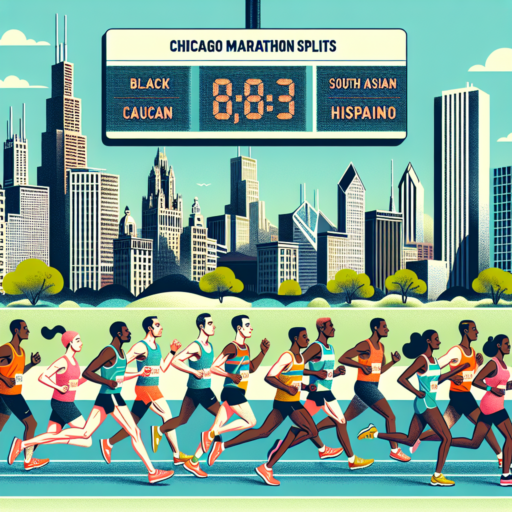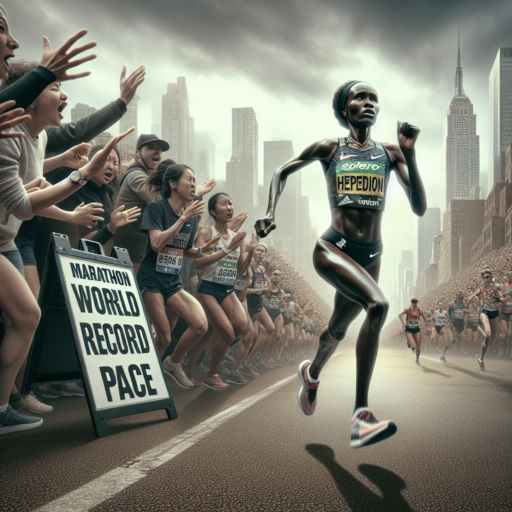No se han encontrado productos.
What is the cut-off for the Chicago Marathon?
The cut-off time for the Chicago Marathon is a key detail for both aspiring participants and seasoned runners aiming to plan their race strategy effectively. The race organizers have set a specific time limit to ensure the safety of all participants and the smooth operation of event logistics. Understanding this cut-off time is crucial for every runner looking to complete the marathon within the official time frame.
For the Chicago Marathon, the official cut-off time is 6 hours and 30 minutes from the moment the last runner crosses the start line. This time limit is enforced to make sure that the roads can be reopened to the public in accordance with city permits and to guarantee the availability of essential race supports such as hydration stations, medical aid, and volunteer assistance throughout the course.
Runners should note that the race utilizes a wave start system, which means the cut-off time begins when the last wave of runners commences the race. This approach ensures that all participants, regardless of their start time, are given the full duration to complete their marathon journey. Those who are unable to finish within the 6 hours and 30 minutes timeframe might not receive an official finisher’s medal and could be required to move off the course and onto adjacent sidewalks to complete their marathon.
How long does it take to run the Chicago Marathon?
The duration it takes to run the Chicago Marathon can vary widely among participants. The average finish time for the Chicago Marathon tends to hover around 4 hours and 30 minutes. However, this average combines the times of both elite athletes and amateur runners. Elite runner times can dramatically skew this average, as they can finish the marathon in just over 2 hours. For instance, the course records are 2:03:45 for men, set by Dennis Kimetto in 2013, and 2:14:04 for women, set by Brigid Kosgei in 2019.
For non-elite, but still competitive runners, finish times can range significantly. Age and gender play considerable roles in these variations. Men typically average around 4 hours and 22 minutes, while women average approximately 4 hours and 47 minutes. Age group distinctions show further disparities; runners in their 20s and early 30s often post faster times than those in older brackets. Yet, regardless of these differences, the personal accomplishment of finishing the marathon remains a significant achievement for all participants.
First-time marathon runners might be more concerned with simply completing the event, rather than achieving a specific time goal. Training, health, and race day conditions (such as weather) can all impact one’s finish time. Beginners typically take longer, with an average finish time hovering around 5 to 6 hours. Proper training and pacing are key strategies that beginners can employ to ensure they reach the finish line in good shape, without overextending themselves. Setting realistic goals and preparing accordingly can make the marathon experience enjoyable and fulfilling.
How fast did Kelvin Kiptum run per mile?
When assessing the incredible feat achieved by Kelvin Kiptum, it’s crucial to dissect his performance on a per-mile basis to truly appreciate his speed and stamina. Kiptum’s remarkable pace across the marathon distance highlights not only his elite conditioning but also his tactical prowess in maintaining such an intense speed throughout the entire race.
Considering the marathon’s standard distance, the calculation of his average speed per mile reveals a level of athleticism that places Kiptum among the world’s elite long-distance runners. This calculation provides crucial insights into his training regime, energy distribution, and the mental fortitude required to sustain such a high pace over the grueling marathon distance.
Furthermore, analyzing Kelvin Kiptum’s speed on a per-mile basis offers a unique perspective on the challenges and demands of competitive marathon running. It underscores the importance of precision in pacing, the need for a deep physiological reserve, and the strategic execution of race plans that elite athletes like Kiptum masterfully display.
How to pace a Chicago Marathon?
Mastering the pace for the Chicago Marathon is crucial for both seasoned marathoners and new runners. The flat and fast course of the Chicago Marathon offers a unique opportunity for personal bests, making pacing strategies essential. Understanding how to divide your energy over the 26.2 miles will not only help you achieve a strong finish but also enhance your overall race experience.
Understanding the Course
The Chicago Marathon is renowned for its flat terrain, but it also features a few hidden challenges that can impact your pacing plan. The early miles can be deceivingly fast, so it’s important to start conservatively. Familiarizing yourself with the course layout, including where any potential inclines are and strategizing around the aid stations, allows for effective energy management. By breaking the race into smaller sections, you can maintain a consistent pace and avoid the common pitfall of starting too quickly.
Pacing Strategies
A successful pacing strategy for the Chicago Marathon involves setting realistic goals based on your training. Whether you opt for a negative split strategy, aiming to run the second half faster than the first, or prefer to keep a steady pace throughout, being adaptable is key. Conditions on race day, such as weather and crowd support, can affect your pace. Using a GPS watch or the official marathon pacers can help you stay on target. Remember, the goal is to cross the finish line feeling strong and having enjoyed the journey.
Effective pacing is not just about the race day itself; it’s also about how well you prepare in the weeks leading up to the marathon. Incorporating pace runs into your training will help your body and mind get accustomed to what you will demand from them on race day. Listening to your body and adjusting your pace as needed during the marathon can make all the difference between hitting the wall and achieving a new personal best.




